
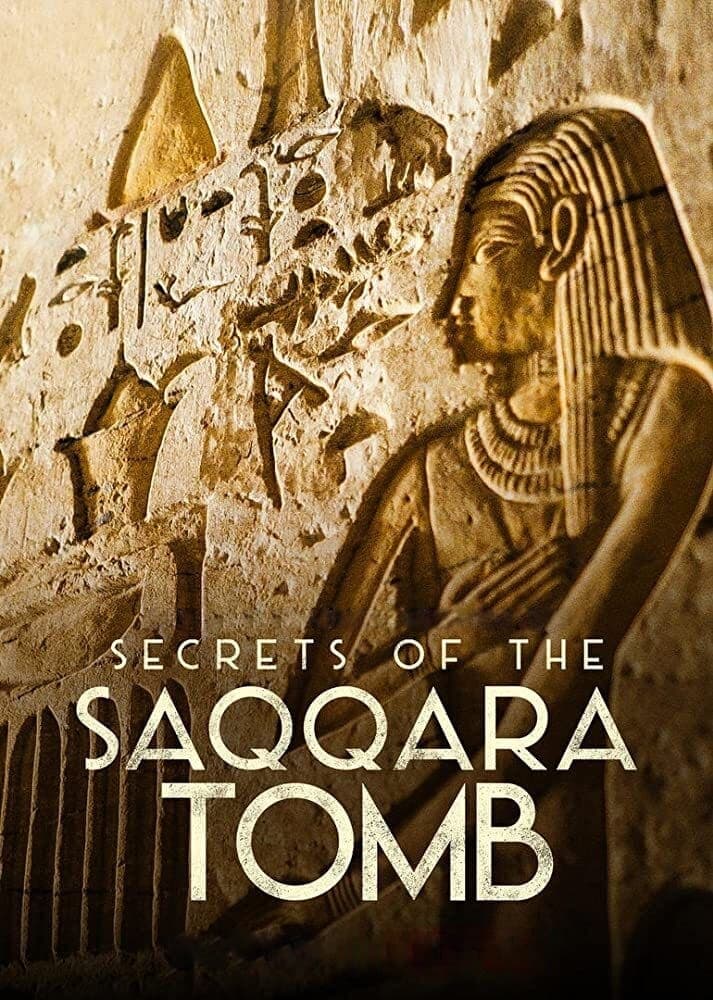
This documentary follows a team of local archaeologists excavating never before explored passageways, shafts, and tombs, piecing together the secrets of Egypt’s most significant find in almost 50 years in Saqqara.
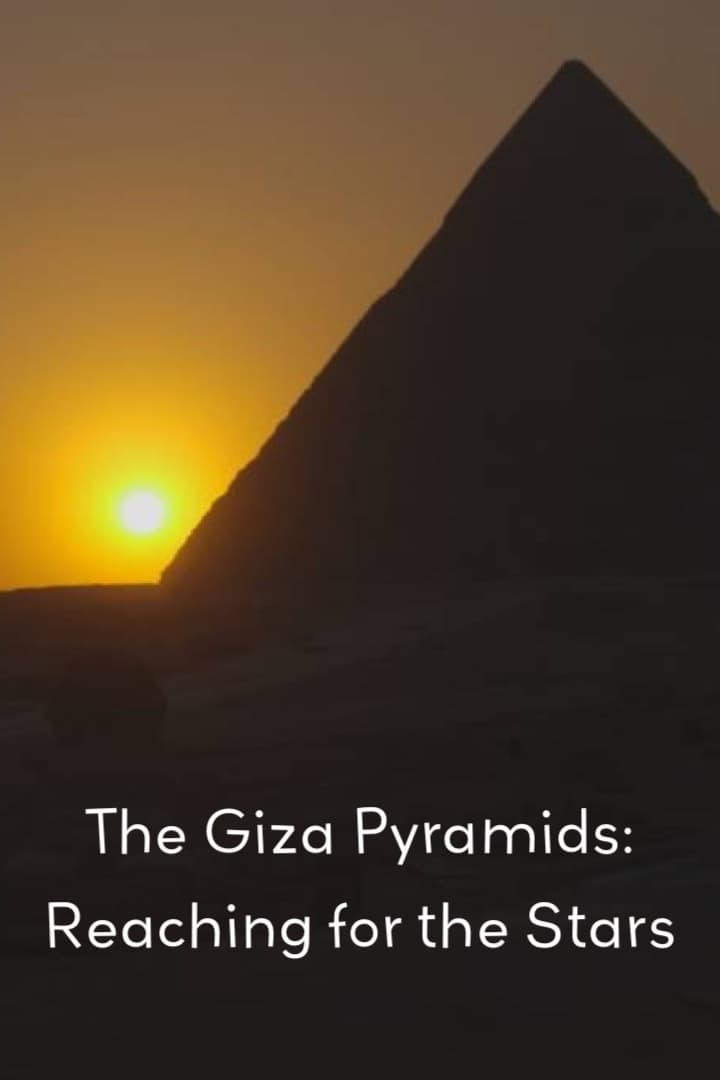
Explores the Pyramids of Giza as Egyptologists try to unravel the mysteries and decipher the clues behind these stone giants built over 4,500 years ago.
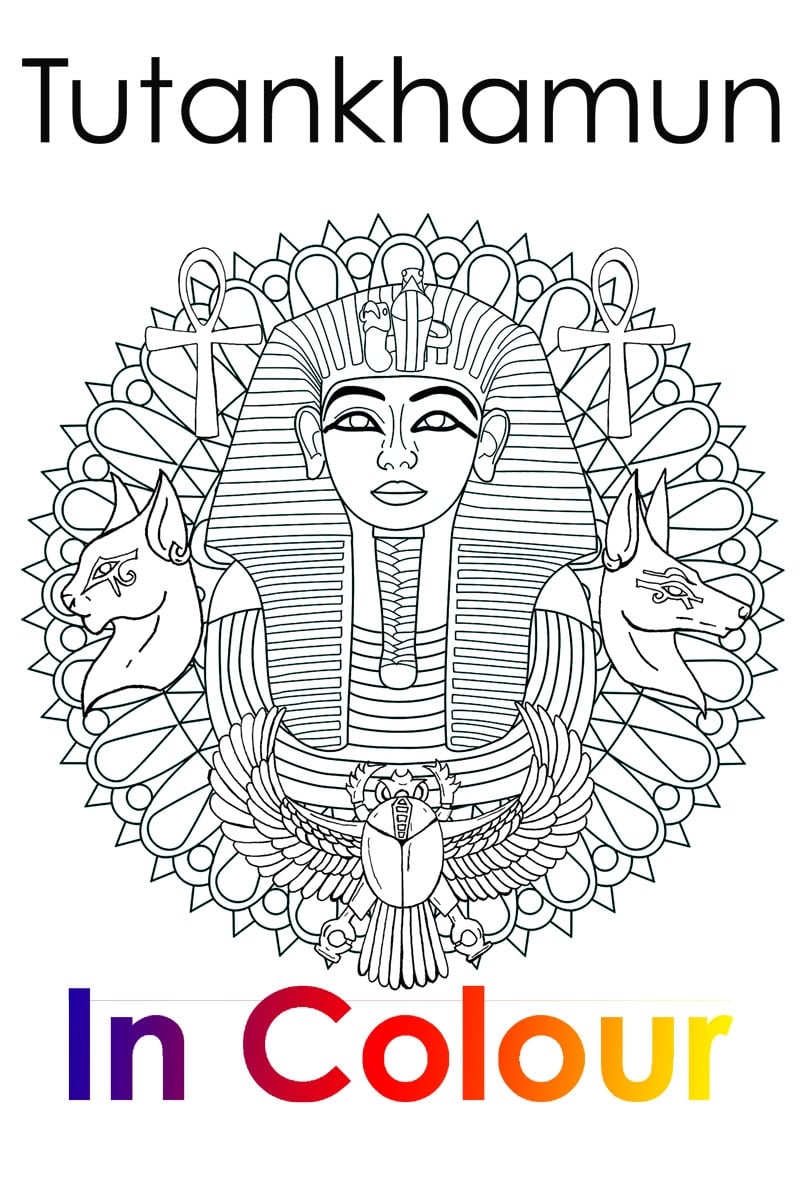
The BBC version of "King Tut In Color" documentary. A century after the world’s most exciting archaeological find - the tomb of Tutankhamun - we can witness the dramatic scenes of its discovery and marvel at its extraordinary treasures exactly as they were then, in colour.
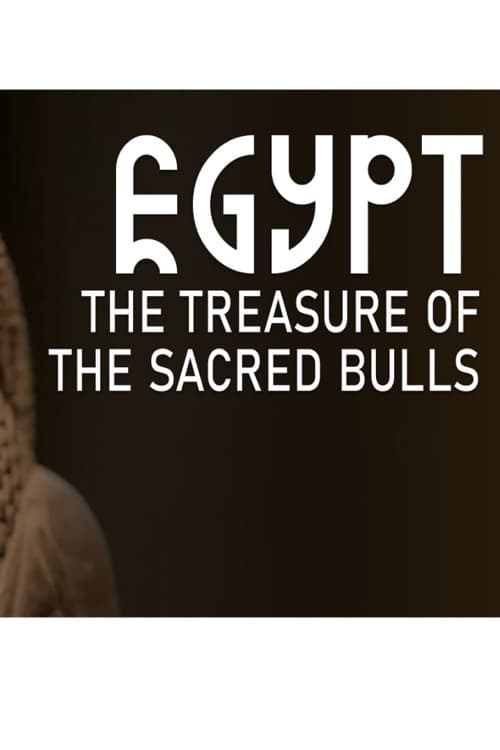
This documentary follows a team of archaeologists, mandated by the Louvre Museum, as they pick up where Egyptologist Auguste Mariette left-off with his discovery of the Serapeum tomb of the bull of Apis - one of the most sacred places in Saqqara, Egypt, in 1850. Mariette also managed to map out a network of underground tunnels leading to other burial sites that he did not have time to uncover. With exclusive access, we follow a team of archaeologists continue the research of Mariette.

A documentary that explores the dim world of illicit trade in antiquities, as well as the long and hard struggle for the repatriation of all stolen treasures.
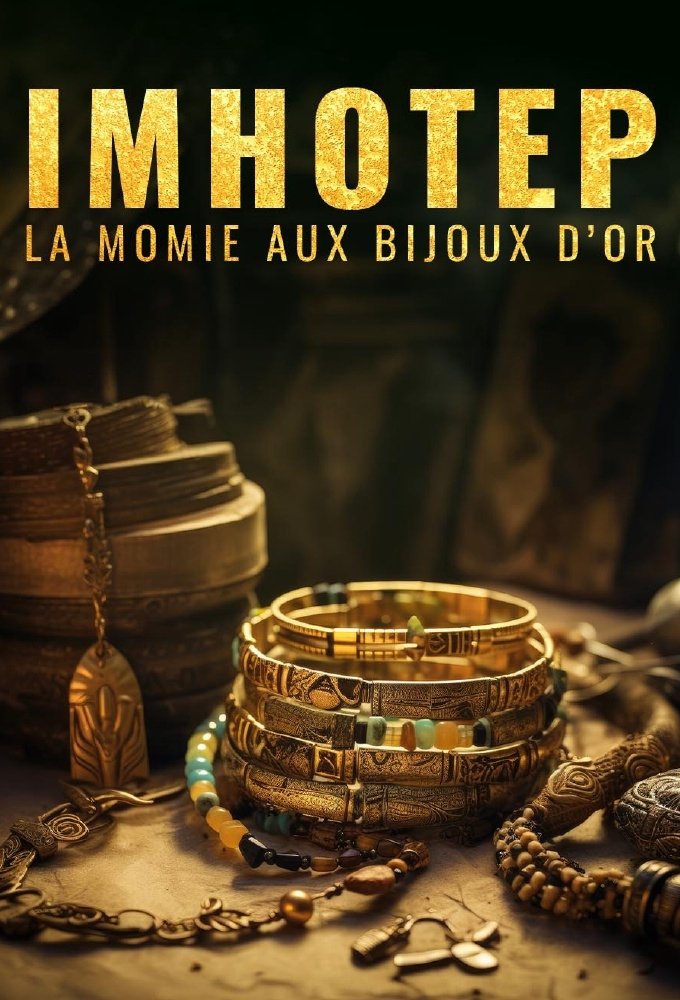
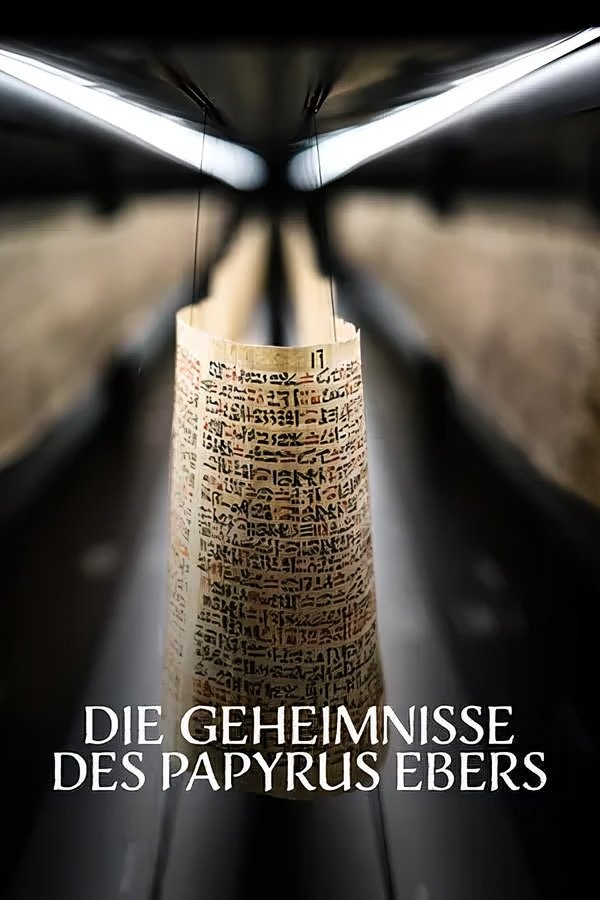
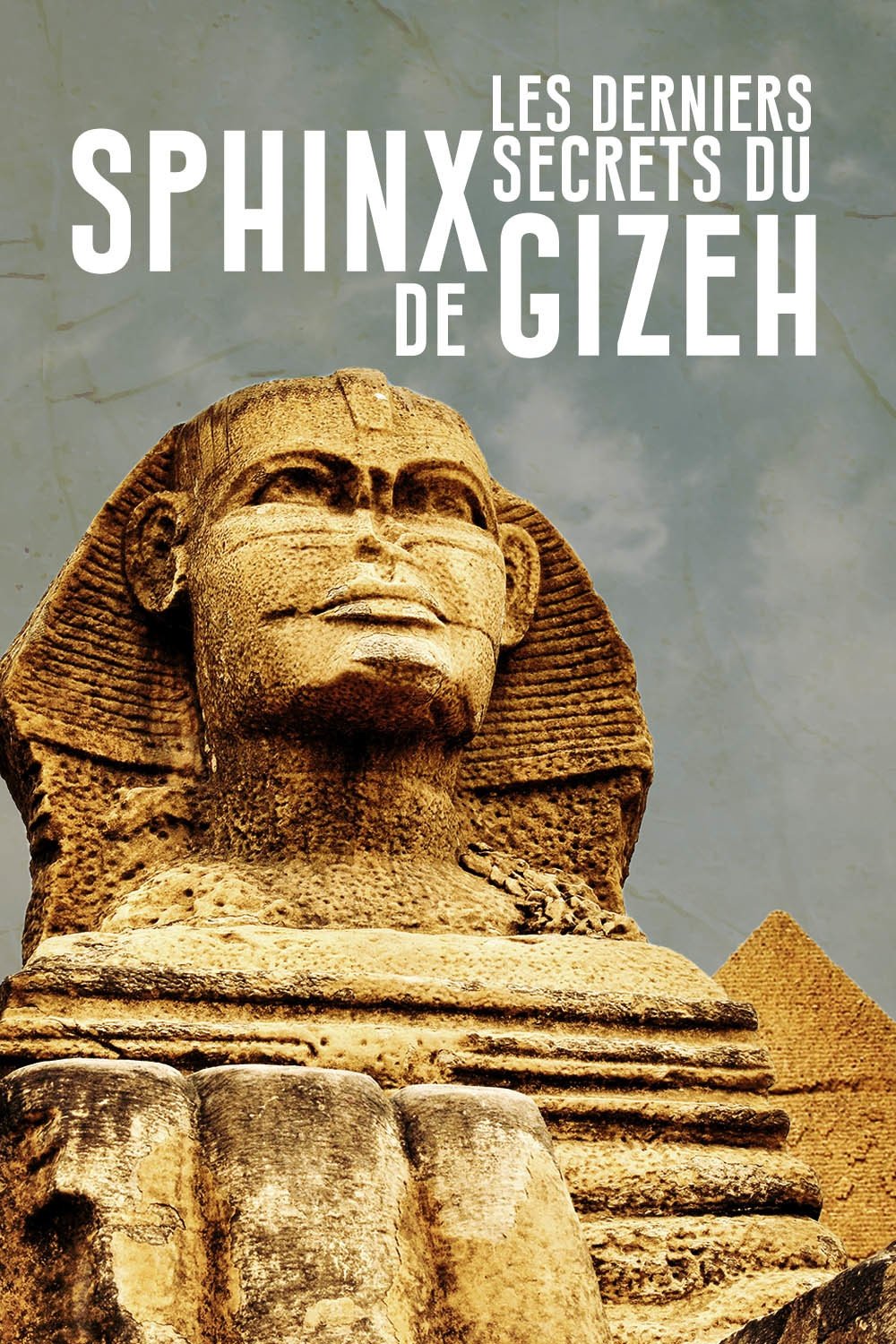
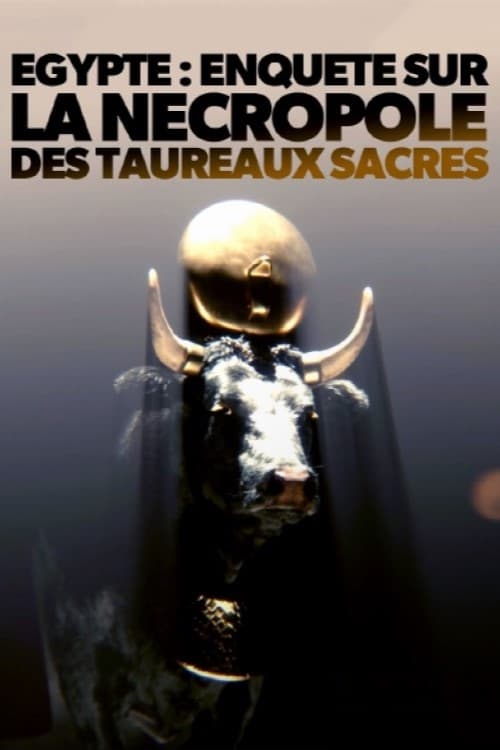
On the mythical site of Saqqara, the Apis bulls were buried for more than a thousand years in the immense underground necropolis of the Serapheum. Discovered in 1850 by the French Egyptologist Auguste Mariette, this place shelters a treasure of which a part is preserved in the Louvre. The collapse of the ceiling of one of the galleries had however prevented the archaeologist from venturing into the entire necropolis. More than 170 years later, the museum's Egyptologists are continuing the work of their famous predecessor. Investigating the cult of the Apis bull and the mysterious rituals that surrounded it, the team is especially looking for access to the unexplored parts, which have at least eight burial chambers, with the hope of finding intact tombs.
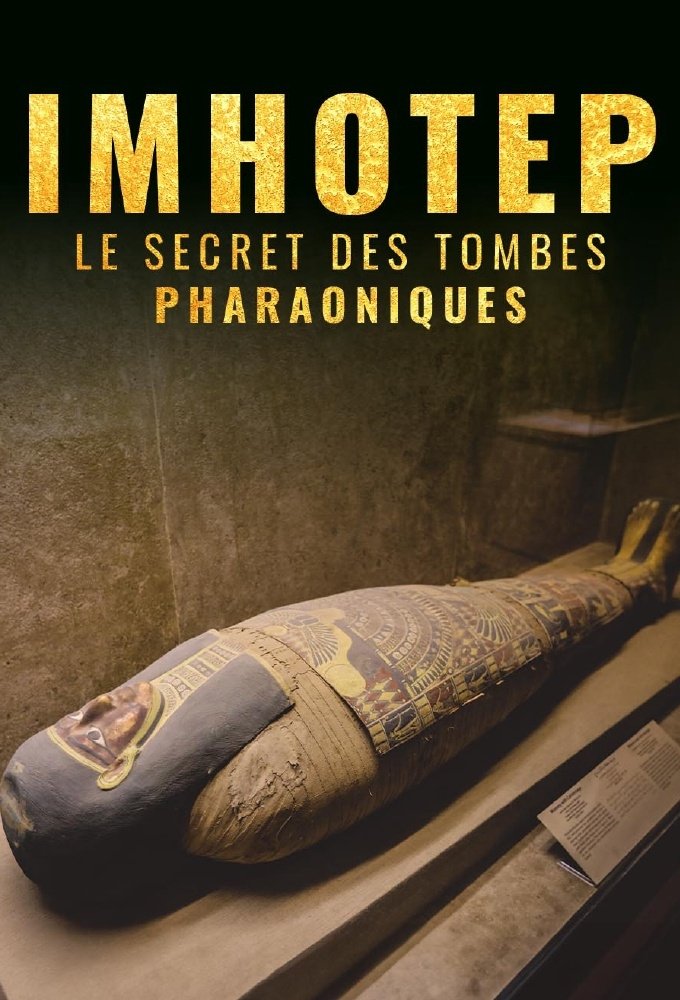
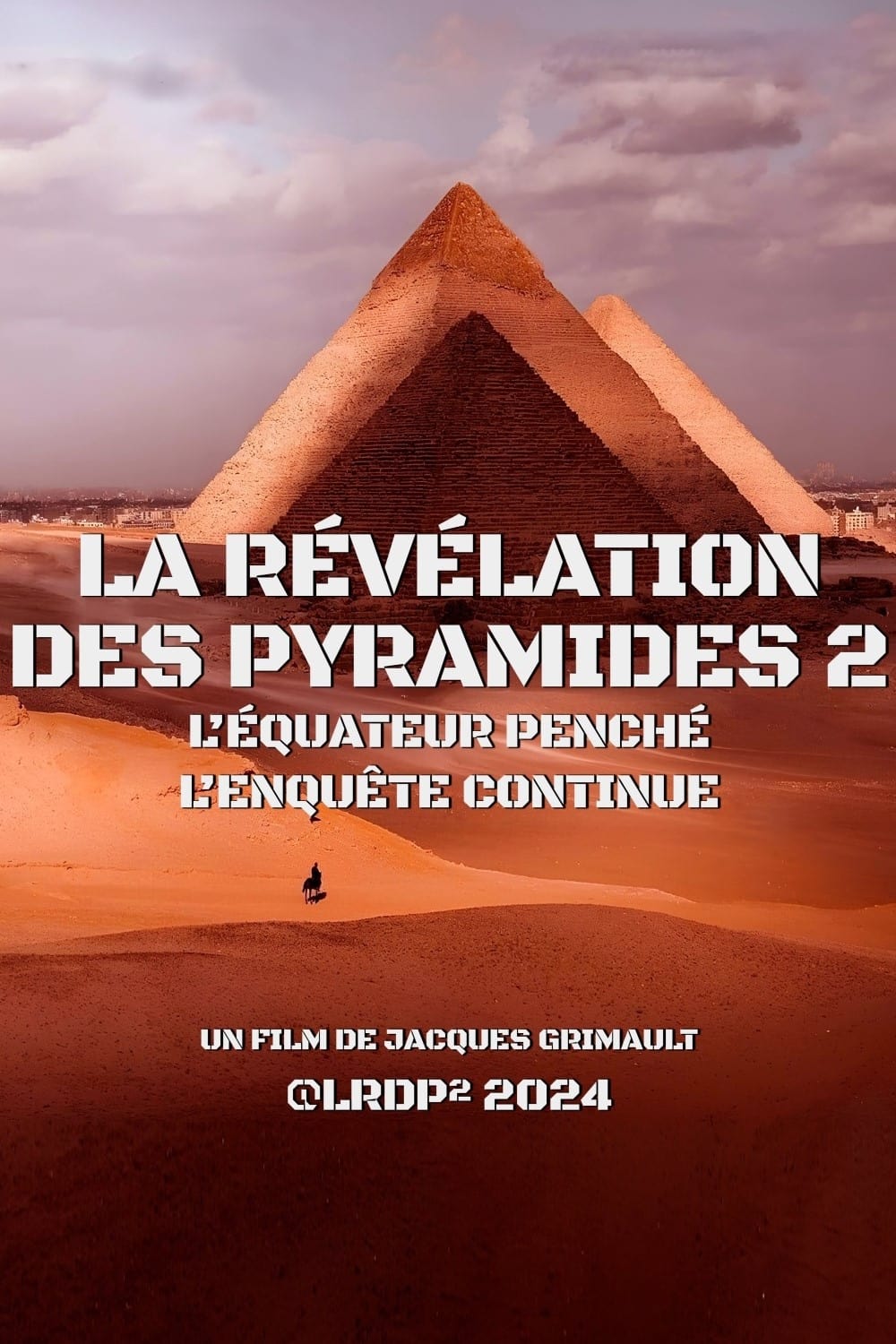

Follow from the amazing restoration process of one of the most cherished and mysterious pieces of History: an Egyptian sarcophagus covered with hieroglyphics (painted wood). With exclusive interviews of experts, art curators and restorators, discover everything about the story of the Isetenkheb coffin of Ancient Egypt dated from around 664-500 BC !

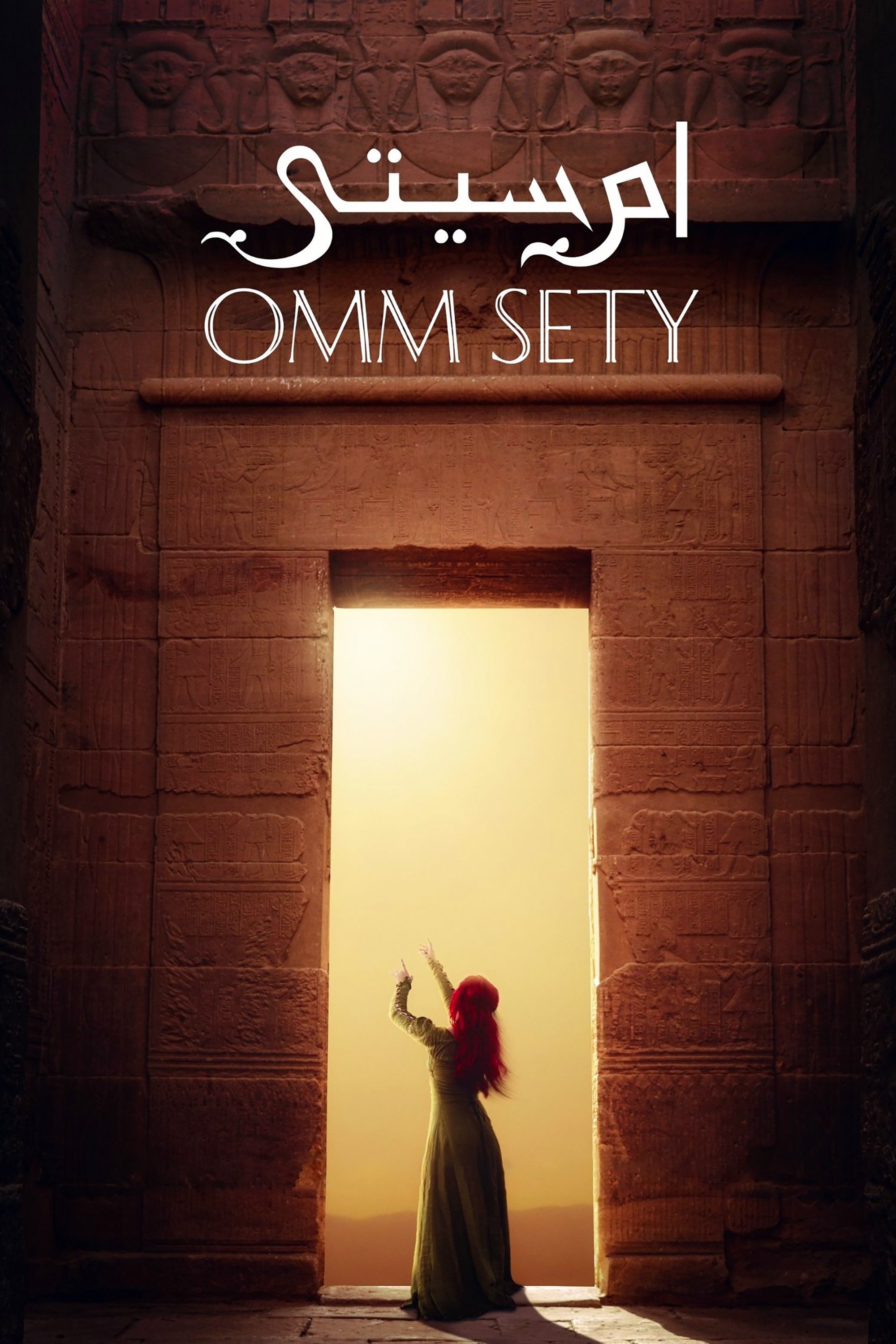
This documentary explores the life of Dorothy Eady, also known as Omm Sety, who believed she was a reincarnated ancient Egyptian priestess. It features re-enactments at the archaeological site of the Temple of Seti I in Abydos, highlighting her unique story and contributions to Egyptology in which she became a notable figure.

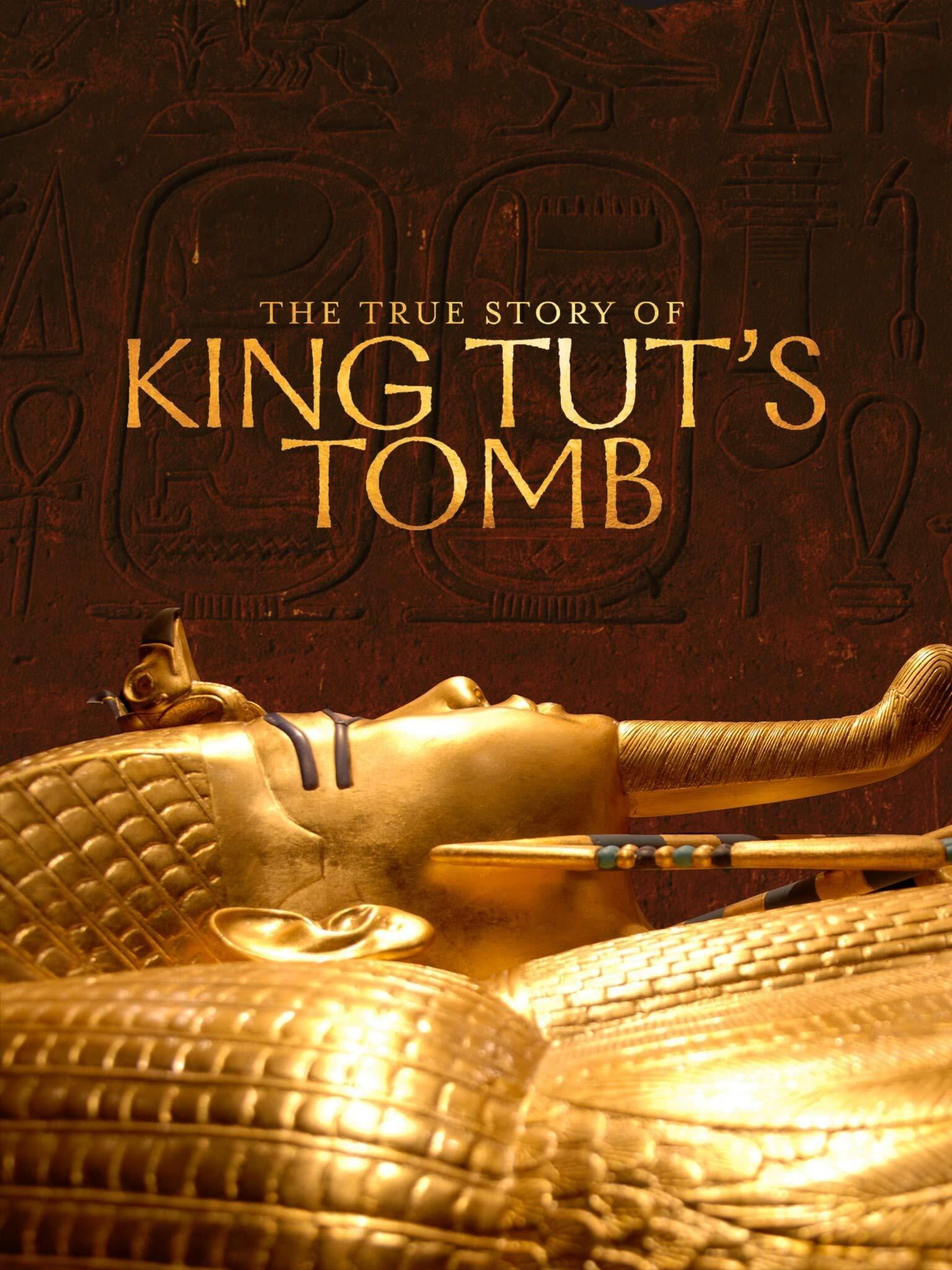
Almost 100 years after the discovery of King's Tut's Tomb, it is time to tell the story in a new light. Using 2D and 3D imagery to reconstruct the tomb, the mummy, the funerary objects and the topography of the famous valley of the Kings.

The adventurous life of Natacha Rambova (1897-1966), an American artist, born Winifred Kimball Shaughnessy, who reincarnated herself countless times: false Russian dancer, silent film actress, scenographer and costume designer, writer, spiritist, Egyptologist, indefatigable traveler, mysterious and curious; an amazing 20th century woman who created the myth of Rudolph Valentino.

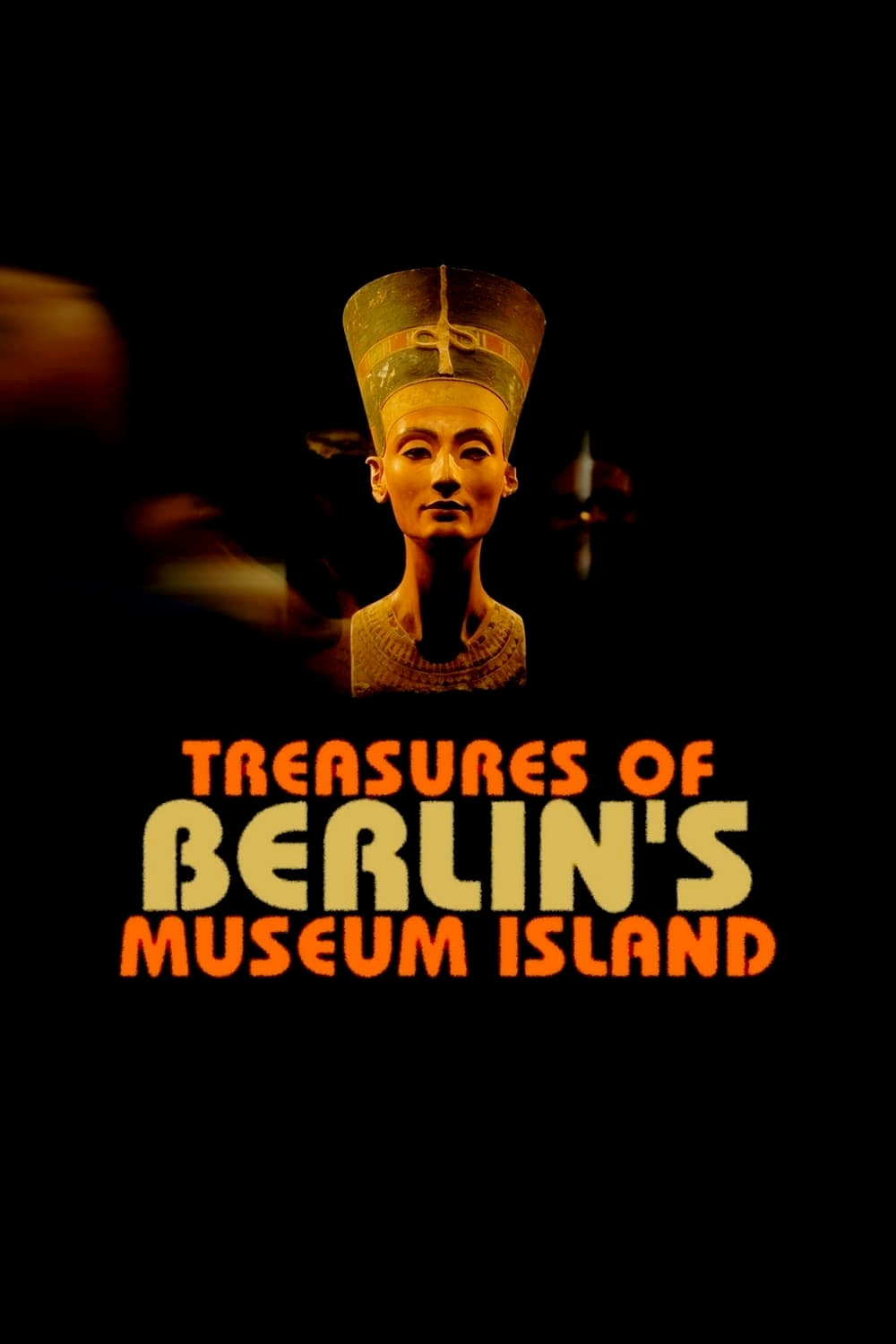
Berlin’s Museum Island, the cultural center of the German capital on the Spree river, houses a large number of art pieces from all over the globe, from the Stone Age to the present day. A walk through their great institutions to marvel at their masterpieces.
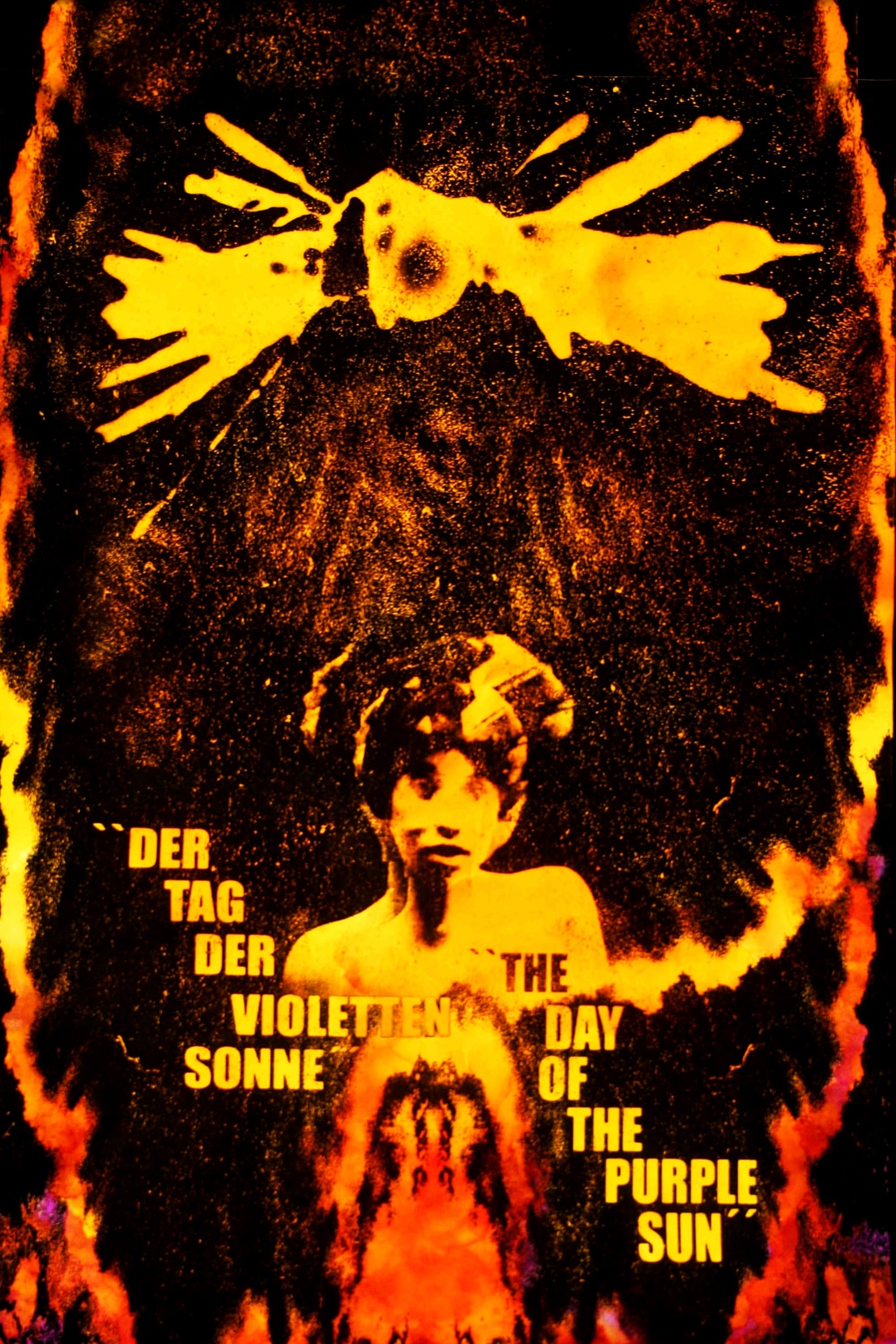
The cosmos of the incurable Margarethe. Her journey through the mysteries of the Egyptian underworld. Will she be coming forth by day? Film in two parts by Carsten Frank.

January 2011: a team from the University of Basel makes two spectacular discoveries. The first was a previously unknown tomb, which was given the number KV64 and contained two mummies. It had originally been created at the time of Amenhotep III for a princess of the 18th dynasty and was reused a few centuries later for the burial of a noblewoman of the 22nd dynasty. Right next to it is the already known burial site KV40, where the Basel researchers have now carried out excavations for the first time. They discovered dozens of mummies - an unusual find in the Valley of the Kings, where most tombs were built for just one pharaoh. Initially, the archaeologists estimated the number of dead at 30, but after months of collaboration with evolutionary scientist Frank Rühli from the University of Zurich, they came to the conclusion that there must actually be more than 90. Who were these women?
By browsing this website, you accept our cookies policy.